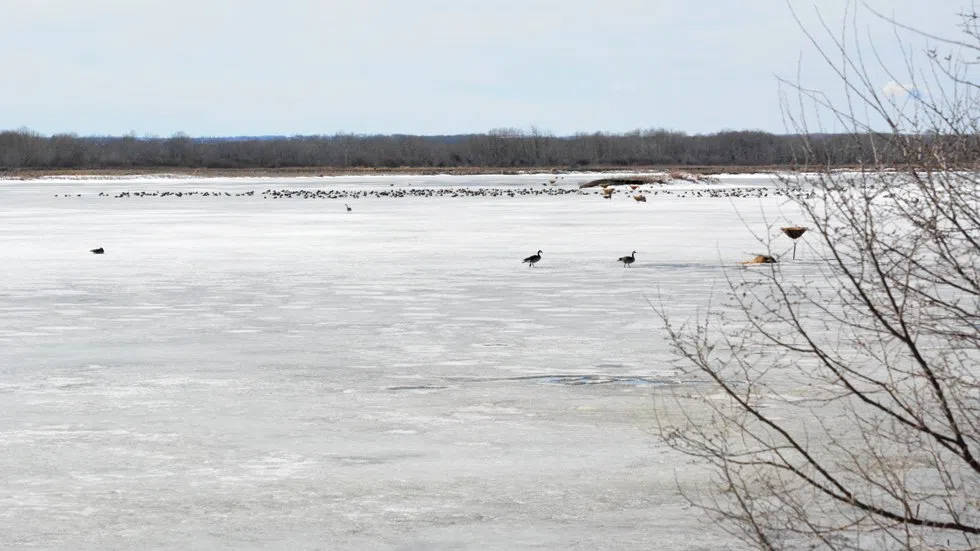
Spring expected to be mild, but could still surprise
Environment Canada’s senior climatologist has one saying that he says you can live by: “’Til April’s dead, change not a thread.”
In short, that means we may not have seen the last snowfall or cold weather of the season, despite the more spring-like weather that has arrived to close out March.
David Phillips said anything is still possible.
“In fact, in North Battleford, typically about twelve percent of your annual snowfall occurs after the 1st of April,” Phillips said.


